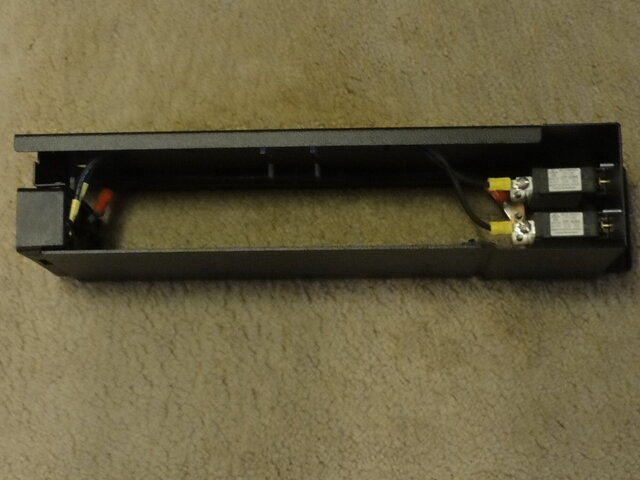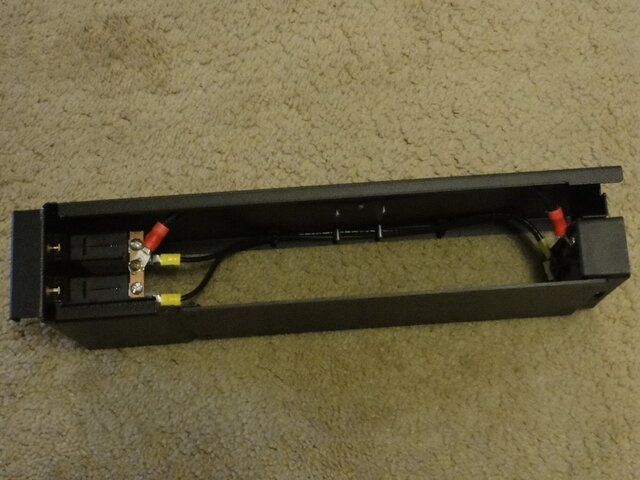I am still trying to process the thinking regarding
non-dim/constant modules and
fault current thing. Here are top and bottom photos of a very recent
non-dim module from a very reputable manufacturer.
No
fuse, just the
circuit breakers wired to the in/out connectors. What factors would lead to this being acceptable?
View attachment 22953View attachment 22954
Possibilities for this module:
1. The "reputable manufacturer" achieved only a low original
fault current rating for the rack equal to the
AIC fault current rating of the branch breakers. A typical
rating would be 5,000 or 10,000 amps
RMS symmetrical. Original Installers of such a rack would have had to limit the available
fault current to not exceed the low
rating of the rack. This might have been relatively simple on small feeders and very difficult on large feeders. In such a case, the pictured module would not be reducing the rack
fault current rating, since the rack
rating is already as low as it can get.
2. The "reputable manufacturer" might have ignored the fact that the breaker-only module would reduce the original
fault current rating of the rack, if the original
rating was above the native
rating of the branch breakers. Putting it politely, this module might be an effort of the uninformed. A careful study of the manufacturer's Listing data would be required to determine:
A. Is the pictured module even Listed?
B. If it is Listed, are there associated instructions or labels that warn of a reduction in original rack
fault current rating to the native
rating of the module
breaker? Are there other conditions of use that explain why it is OK?
If you identify the manufacturer and model number of the module, more details might be possible.
ST




